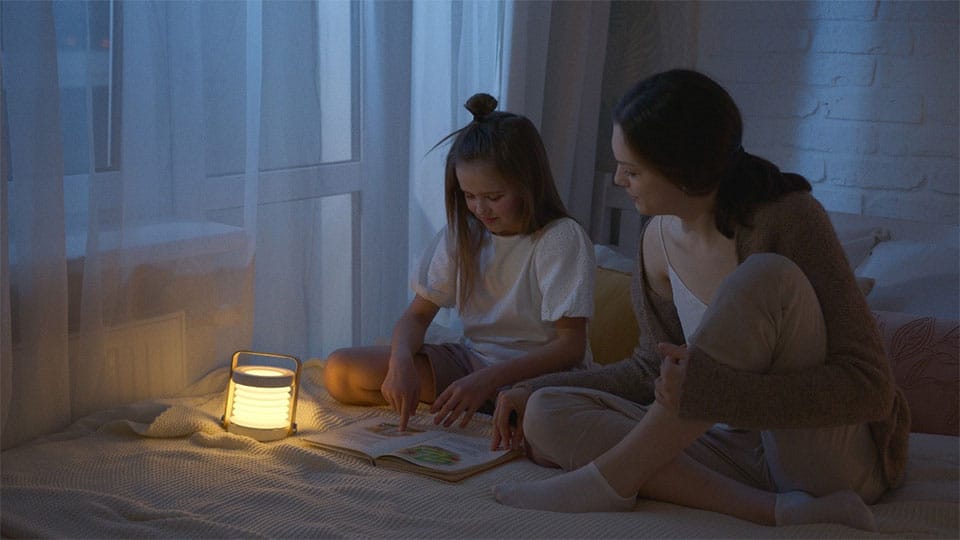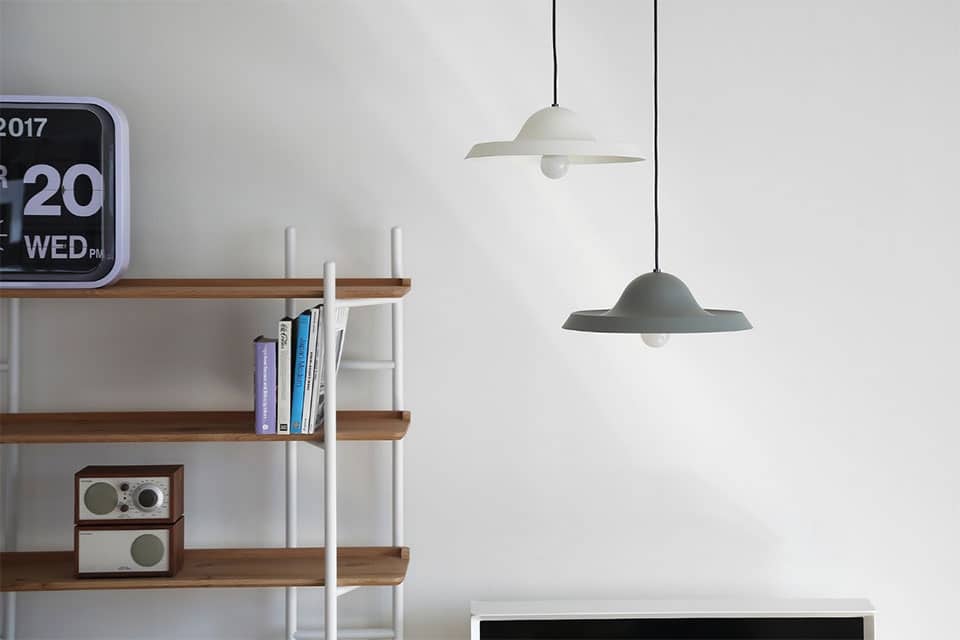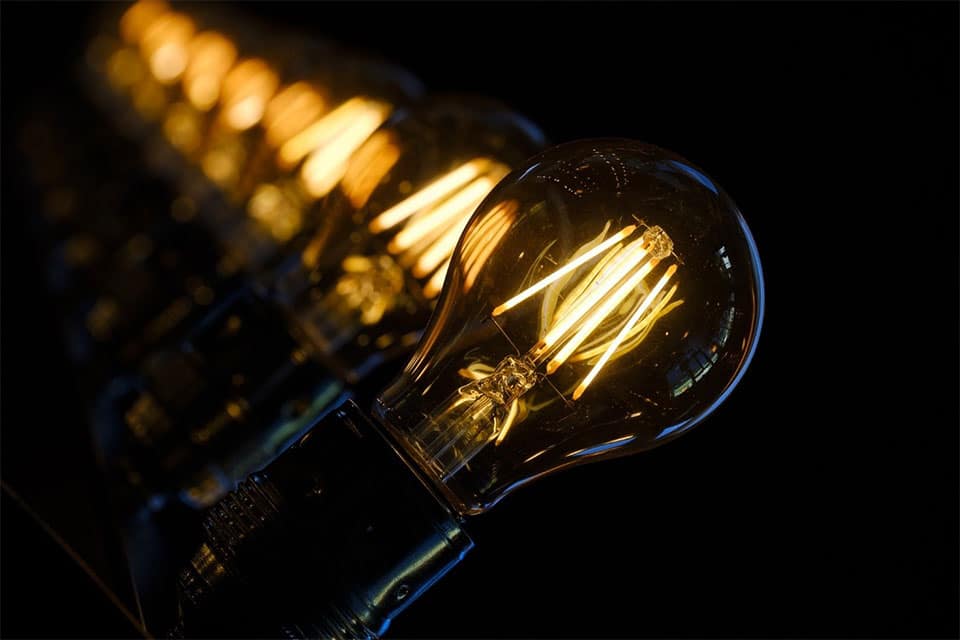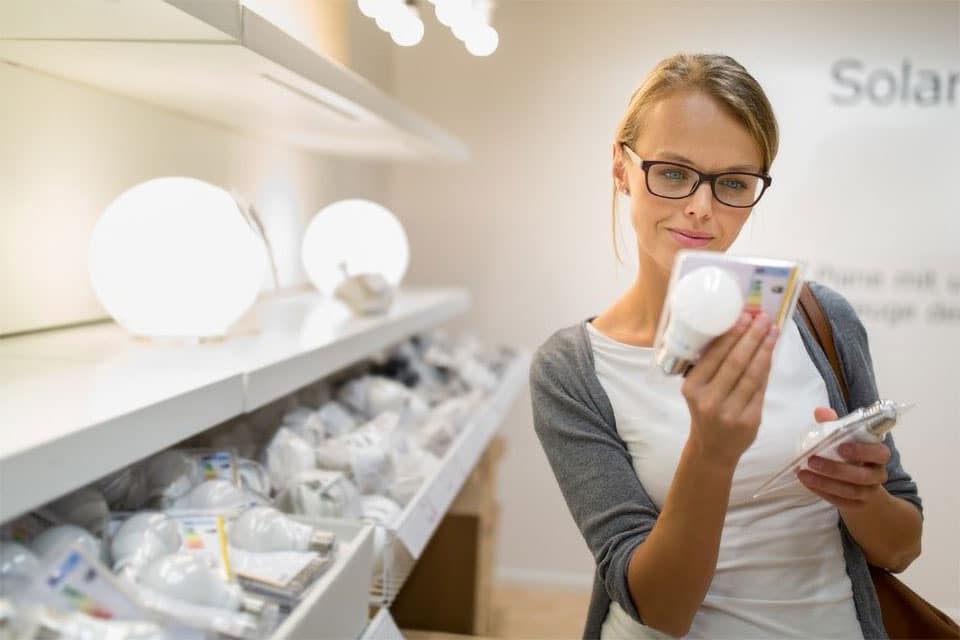On days when you can barely remember the sun, it can be hard to imagine your plants—indoor or out—ever achieving full bloom. Your outdoor plants may manage just fine with the diffused level of light they receive, especially in the summer, but sometimes indoor plants need a little more help to properly photosynthesize.
Enter the grow light. If your indoor space lacks natural light, either in the winter or year-round, these specialty lamps or light bulbs can provide your indoor plants with the type of light they need to grow and thrive.
How to tell if your plant isn’t getting enough light
If you are new to cultivating indoor plants—and sometimes even if you aren’t—it can be hard to tell what ailment your plant is suffering from. You will be able to tell if your indoor light is insufficient for your plants if they exhibit some or all of the following symptoms:
- Leggy or spindly stems.
- New growth is stunted (such as small leaves).
- Lower leaves die off.
- Reduced or no flowering.
- Pale colour or lack of variegation on new growth—be careful though, for shade-loving plants such as Calatheas, pale colour indicates that it is getting too much
If you don’t receive a lot of natural light, don’t worry—your indoor plants can still thrive. Indoor grow lights will supplement the natural light you do receive, giving your plants the boost they need to photosynthesize.
Full spectrum vs. red & blue grow lights
Most grow lights are either full spectrum, which means the light they emit spans the entire electromagnetic spectrum (similar to the sun), or they provide particular tones that plants find the most useful for growing—specifically red and blue light. Red and blue light are best paired together, as they provide more even growth levels when combined.
PRO TIP: “Red” or “blue” light refers to more than just the colour of the light bulb, though you may find some of the light bulbs do give off red, blue, or pink illumination. The colour designation refers to the visible light wavelength. The different wavelengths of light affect plants in different ways:
- Red light – “tell[s] plants how many leaves to make and how big to make them”
- Blue light – “control[s] how plants respond to a daily cycle of light… tell[s] plants when to flower.” (McCallister, A. 2018)
It’s also important to remember that different types of plants require different ratios of red to blue lighting. What works for one type of plant will not necessarily work for another. You may need to do some research or experiment with how much blue vs red light each plant type needs to see optimal results. Alternatively, you can select a full-spectrum bulb, which most closely resembles the sun.
If you’d prefer not to have the ambience from the purple-pink tones of a red/blue light, daylight coloured bulbs with a high correlated-colour temperature (CCT)[link] rating can also provide you with enough lighting to facilitate growth. However, if you are very serious about indoor growing, you will want to select a clearly-labelled full spectrum bulb, which provides the closest facsimile to the sun.
Full spectrum lamps are best for plants that need lots of light, such as:
- Culinary herbs
- Starter plants or seedlings
- Succulents
- Carnivorous plants
PRO TIP: For starter plants and seedlings, place the lamps 2-4 inches from the plants.
For well-established plants, place the lamps 1-2 feet away from the plants.
Types of grow light bulbs
Grow lights are available in all different types of light bulbs from incandescent to fluorescent to LED. So how do you know which bulb is best suited to growing bulbs?
Incandescent light bulbs
Typically, incandescent and halogen lights are not recommended as grow lamps because, while they do often offer full spectrum lighting, they operate at a very high temperature that can easily damage foliage. They are also inefficient in terms of energy usage, and are being phased out by governments worldwide. In short, there are cheaper, more effective, and more efficient alternatives to incandescent grow lights.
Fluorescent light bulbs
Fluorescent lights are often used as grow lamps because you can easily find tubes that have full spectrum lighting or which are specifically designed for growing plants. They also give off less heat and are more energy efficient than incandescent bulbs, meaning they require fewer watts to put out the same amount of light.
PRO TIP: If you just have a few plants and don’t want or don’t have the space for a full grow lamp setup, compact fluorescent (CFL) bulbs can be used as grow lights as well. For the best results, make sure they offer full spectrum lighting. Speak to a gardening expert about which type of bulb would work best with the plants you are growing.
LED light bulbs
Thanks to their energy efficiency, longevity, and the low level of heat they emit, LEDs have quickly become a popular light bulb option for growing plants. You can also fine-tune the colour wavelength put out by the bulb, so a single LED bulb can be made to produce both red and blue wavelengths for optimal growing, negating the need for multiple light bulbs.
While the initial cost of these lamps was fairly prohibitive, the price is continuing to drop as their popularity increases and manufacturers become more familiar with their production. Now, there are many different colours, types, and shapes of LEDs available, but for optimal growth results, look for LEDs that are specifically marketed as horticultural or grow-lights.
How much light do your plants need?
It’s easy to assume that the more light your plant gets, the better they will grow, but there is actually a saturation point after which your plant will no longer get any benefits from receiving light. After all, plants need rest to maintain a healthy growth process, and periods of darkness are essential to this.
PRO TIP: The best way to stay on top of the amount of light your plant is getting is to install a timer so that it turns on and off at the correct time each day.
The amount of light needed is different for each type of plant, so follow the care instructions that come on the plant marker in the pot or do a bit of research about the specific types you have to ensure it is receiving optimal growing conditions. Follow these guidelines as a general rule:
Type of plant | Hours of light per day | Examples |
|---|---|---|
| Day-neutral | ~12 hours | Foliage plants (ex. ferns, hostas), geraniums, coleus, African violets |
| Short-day | 12 hours or less | Chrysanthemums, kalanchoe, azaleas, begonias |
| Long-day | 14-18 hours | Vegetable seedlings, garden flowers, cacti, hybrids |
| Source: Gardeners.com | ||
Conclusion
Grow lights are a great way to supplement natural lighting and cultivate indoor plants year-round. While they aren’t exactly a match for a sunny day outside (yet!), they will help your plants grow even if you have poor natural lighting. For optimal growing conditions, make sure you:
- Select the right type of light bulb for the job (full spectrum or red/blue)
- Research how much light your plants need
- Position the lamp the correct distance from the plant(s)
- Connect the lamp to a timer so that your plants receive the optimal amount of light each day



































































































